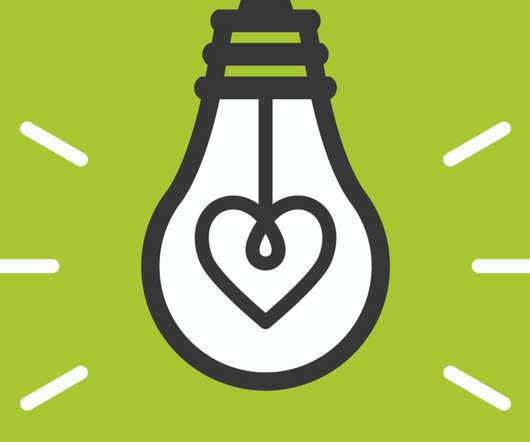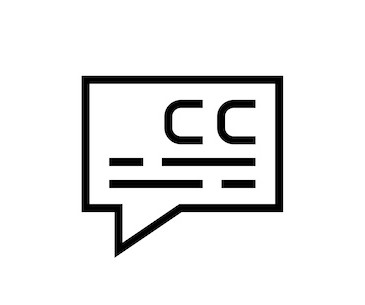With Innovation and Empathy, Remote Learning Becomes Accessible for All Students
Edsurge
JUNE 12, 2020
It has disabled our education system, creating challenges to educational access, barriers to student academic progress and strains on teachers’ and students’ physical and emotional well-being. Simultaneously, educators needed to identify what content students needed, how to organize it and how to help students access it.















Let's personalize your content